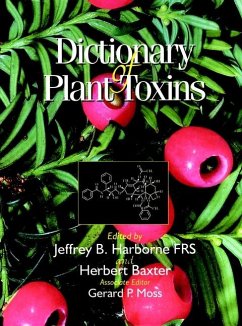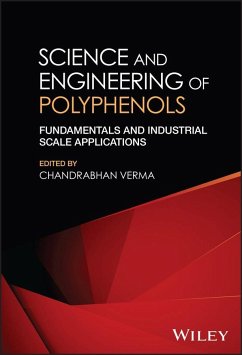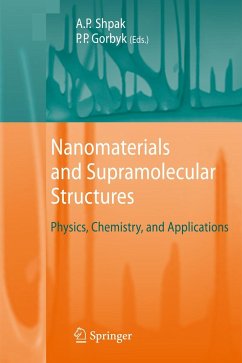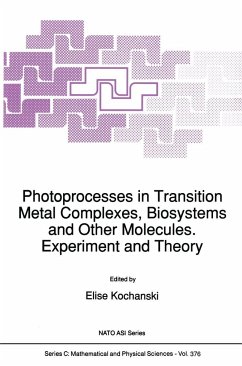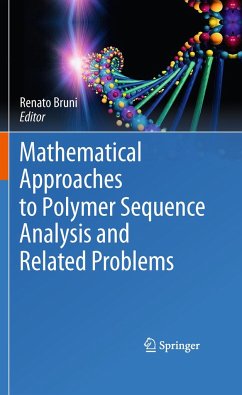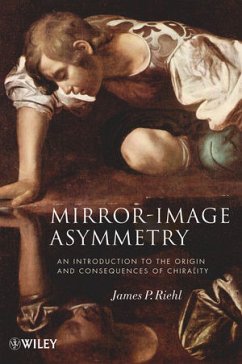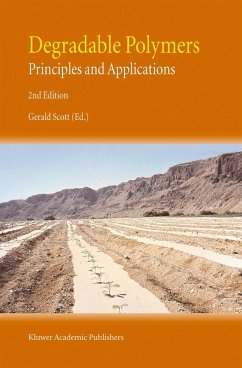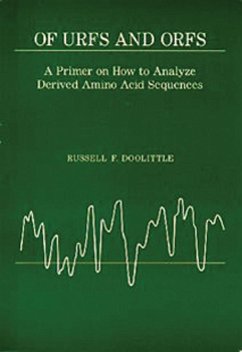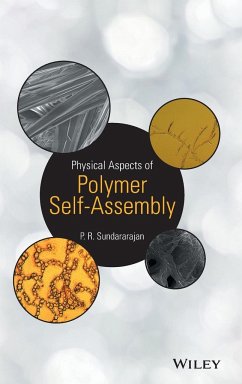Gebundenes Buch
Soil Microenvironment for Bioremediation and Polymer Production
Versandkostenfrei!
Versandfertig in über 4 Wochen
Weitere Ausgaben:

PAYBACK Punkte
109 °P sammeln!




Soil Microenvironment for Bioremediation and Polymer Production
Nazia Jamil holds a PhD in genetics from the University of Karachi, Pakistan. Her research as a microbiologist and geneticist centers on investigating the synthesis of biodegradable plastic by indigenous bacteria from renewable sources. She has international and national funded projects from IFS-Sweden and HEC Pakistan to carry out research on biopolymers and antimicrobial compounds. She has authored 60 national and international research papers in peer-reviewed journals. Prasun Kumar is an applied microbiologist and biotechnologist and his main areas of research are microbial biodiversity, bioenergy, and biopolymers. Dr. Prasun holds a PhD in biotechnology from CSIR-Institute of Genomics and Integrative Biology, Delhi, India. He has over seven years of experience in applied microbiological research and bioprocessing including over 2 years of post-doctoral research experience at Chungbuk National University, Republic of Korea. He made significant contributions while working on valorising lignocellulosic biowastes of cheap raw materials into value-added products including bioenergy, biopolymers, polyhydroxyalkanoates etc. He has more than 27 articles published in various peer-reviewed SCI journals and has authored 1 book. Rida Batool PhD is an Assistant Professor in the Department of Microbiology and Molecular Genetics at University of the Punjab, Lahore, Pakistan. Her main research interests are in environmental microbiology/biotechnology with a focus on metal-microbe interaction, wastewater treatment, biosorption and mechanisms of metal resistance. Other aspects of her research involve the isolation and characterization of bioactive compounds of indigenous plant and bacterial origin. She has authored more than 20 national and international journal articles.
Produktdetails
- Verlag: Wiley
- Seitenzahl: 420
- Erscheinungstermin: 9. Januar 2020
- Englisch
- Abmessung: 254mm x 178mm x 24mm
- Gewicht: 943g
- ISBN-13: 9781119592051
- ISBN-10: 1119592054
- Artikelnr.: 57575760
Herstellerkennzeichnung
Libri GmbH
Europaallee 1
36244 Bad Hersfeld
gpsr@libri.de
Für dieses Produkt wurde noch keine Bewertung abgegeben. Wir würden uns sehr freuen, wenn du die erste Bewertung schreibst!
Eine Bewertung schreiben
Eine Bewertung schreiben
Andere Kunden interessierten sich für




